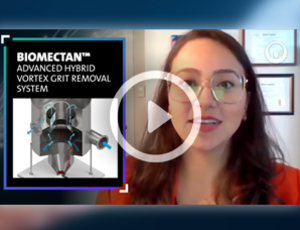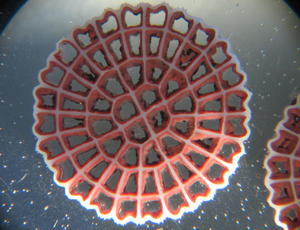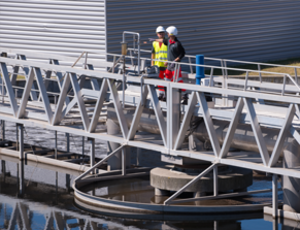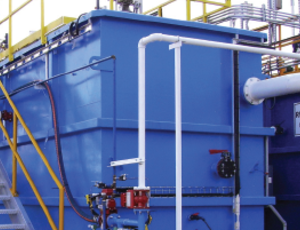Veolia is committed to the protection of natural streams and reservoirs. By tailoring our technology to your unique treatment needs, Veolia can help ensure compliance with environmental guidelines for wastewater nutrients.
Nutrient removal requirements are continually becoming more strict. As a result, municipal and industrial organizations are implementing technologies in order to meet discharge requirements for nitrogen and phosphorus.
The Importance of Nutrient Removal
- Environmental: When untreated wastewater is returned to the environment, catastrophic damage can be done through the introduction of excess nutrients. Nitrogen and phosphorus are especially hazardous as they encourage algal bloom, a severe overgrowth of algae that can threaten to deoxygenate aquatic environments, block vital sunlight, and kill off fish in massive quantities. Additionally, there is a risk of having a negative impact on aquatic life (i.e. Ammonia levels).
- Human Health: It is widely believed by experts that excessive nutrients in the environment can cause health risks to humans, as well.
Sources of Nutrients in Wastewater Streams
- Residual nutrients from industrial production (product / supplemental ingredients)
- Cleaning Chemicals and/or Detergents using Phosphate
- Nutrients Inherent to All Other Organics
- Run-off from agriculture
There are a variety of available technologies to remove nutrients from wastewater streams
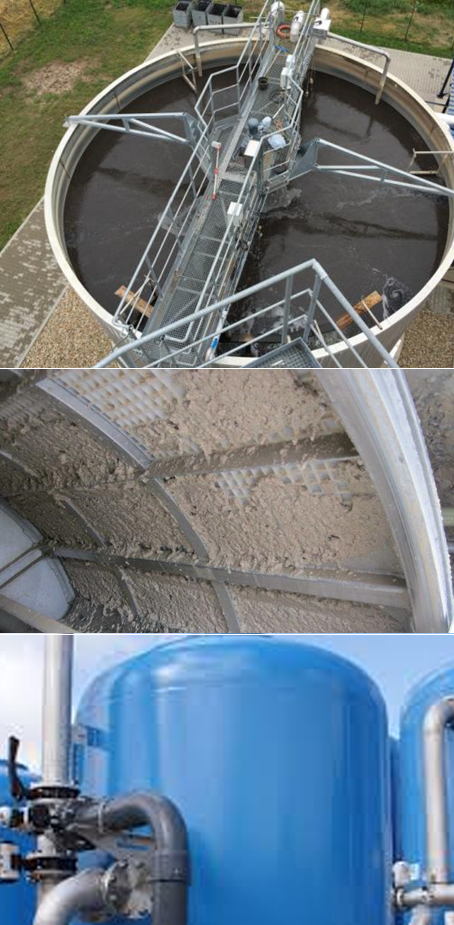
-
Biologically:
Various biological wastewater treatment systems are used to remove nutrients. Specific strains of bacteria/micro-organisms can target specific nutrient compounds and safely neutralize them. - Physically - Chemically:
Clarification, flotation, and filtration technologies paired with chemical additives can effectively remove nutrients prior to discharge. These compounds are then settled, floated, or filtered out of the wastewater stream. Additionally, there are technologies that can transform nutrients into a by-product, such as struvite.
- Ion Exchange:
Media/resins can recover and precipitate nutrients.
FAQ's
What Technologies Can Remove Ammonia From Wastewater?
What Technologies Can Remove Ammonia From Wastewater?
There are several methods to remove ammonia in wastewater, such as activated sludge configured in stages, sequencing batch reactors, as well as MBRs. To supplement or improve treatment performance, many companies are incorporating the use of Moving Bed Biofilm Reactors (MBBR).
What Technologies Can Remove Phosphorus From Wastewater?
What Technologies Can Remove Phosphorus From Wastewater?
Biological Wastewater Treatment Method
For wastewaters high in phosphorus, it is also possible to utilize biological processes as a primary process for phosphorus removal. By integrating a specialized high-acidification step within the biological treatment process, it is possible to culture a biomass that can hold between 30-40% of its mass in phosphorus, and then the biomass can be removed in a clarification or filtration step downstream. This biological process helps shift the burden away from physical-chemical processes, thus saving in chemical costs or extra equipment.
Physical-Chemical Treatment Method
Depending on the required effluent requirements, one or more physical and chemical technologies may be needed after biological treatment to remove any remaining orthophosphates to meet required discharge permit limits. By incorporating iron or aluminum-based salts within the polishing treatment stage, it is possible to simultaneously remove phosphorus and total suspended solids (TSS) to very low concentrations within the same polishing step. Three common polishing technologies are high-rate clarifiers, dissolved air flotation units (DAFs), and disc/drum filters.
Featured Resources & Information




